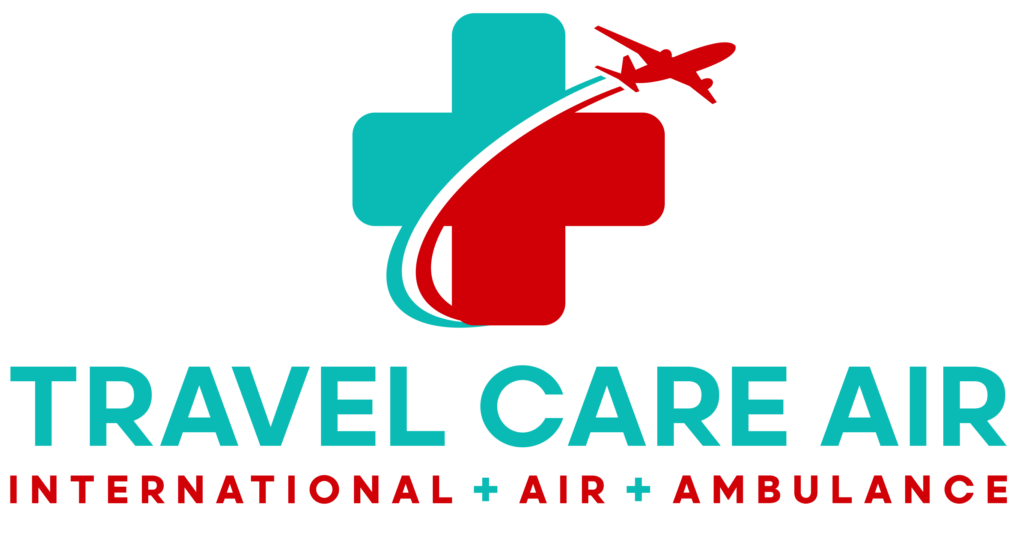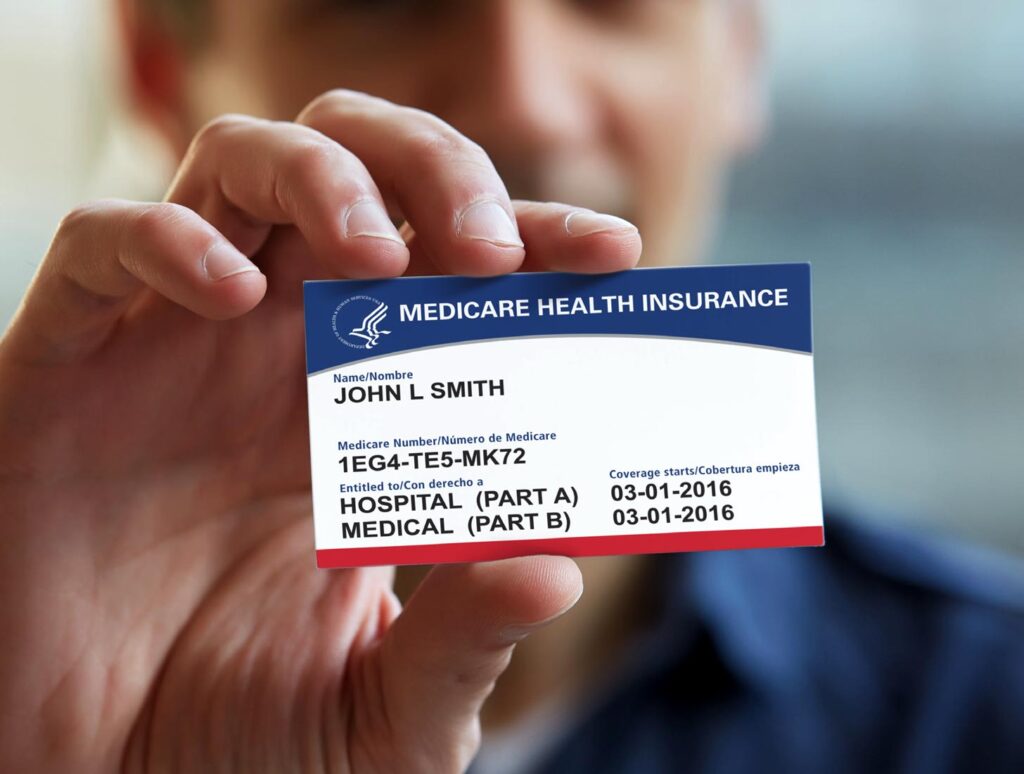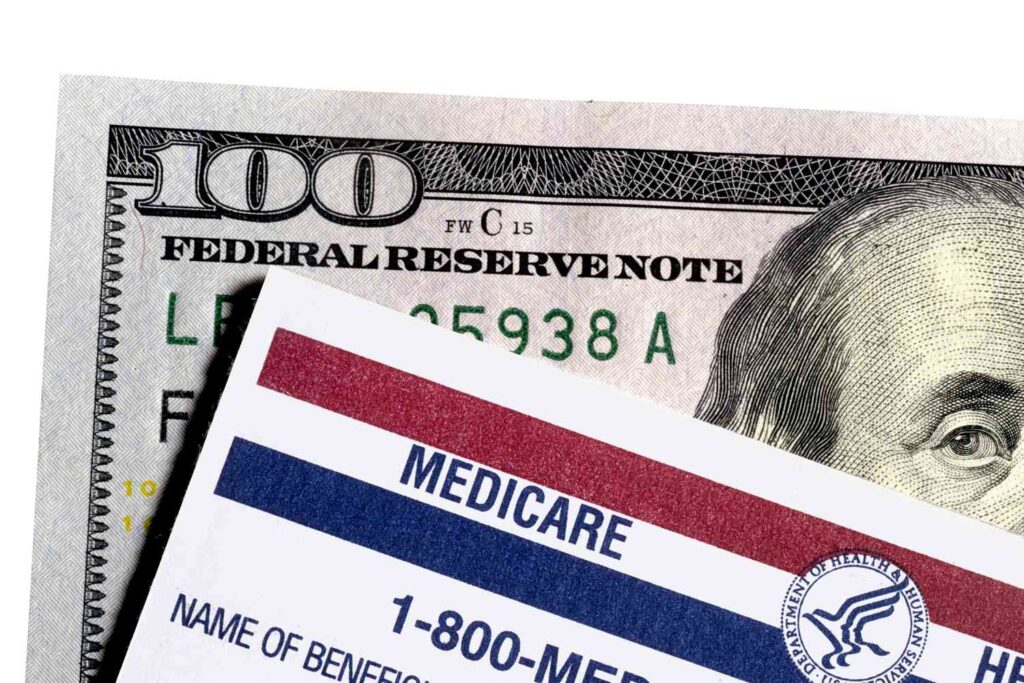When a sudden medical emergency strikes and time is of the essence, one of the first questions that most people ask is does Medicare cover air ambulance transport. Picture this…a loved one is seriously ill or has been injured in a remote location, and ground transportation won’t be able to get them to the advanced care that they need, fast enough. The helicopter blades start to spin, or a jet is prepped for takeoff, but before anything happens, families find themselves sitting and wondering who pays for all of this?
That question matters, because air medical transport can save lives, but it can also lead to unexpected bills that can cost thousands of dollars. Understanding exactly how Medicare handles these costs is very important for anyone who may need urgent medical transport. While an air ambulance covered by Medicare sounds reassuring, the truth is that coverage depends on a variety of different factors like specific conditions, having certain pre-approvals in place, and whether or not it is deemed a medical necessity. Knowing when and how this coverage applies can mean the difference between smooth, affordable care and major financial stress during an already difficult time.
Here’s what you’ll learn:
- When Medicare pays for an air ambulance and what specific situations qualify.
- What medical necessity means and how it determines air ambulance coverage.
- How to get approval for an air ambulance and make sure that all of the right documentation is in place.
- What to do if a claim for air ambulance service is denied and how to appeal.
- Your options and the resources available if your air ambulance coverage is limited.
Does Medicare Cover Air Ambulance?
If you’ve ever found yourself in the middle of a medical emergency, you might have asked yourself this very important question: does Medicare cover air ambulance services? The answer is yes…but only in certain situations. Medicare does provide coverage for emergency transportation, but there are some very specific guidelines that determine whether an air ambulance will be included or not.
In most cases, Medicare air ambulance coverage falls under Part B. This part of Medicare covers medically necessary services, including emergency transportation to a hospital when other options aren’t safe or simply aren’t feasible. That is, Medicare may approve coverage when an air ambulance is the only way to quickly reach the nearest facility that can treat your urgent condition.
To qualify for an air ambulance covered by Medicare, the transport must meet some very strict medical necessity criteria. Medicare looks at whether the patient’s condition requires immediate and rapid transportation that cannot be provided by a ground ambulance. This might include certain situations where traffic, road conditions, or a long distance would prevent someone from getting the urgent care that they need in time.
Another important factor is the destination. The air ambulance must take the patient to the nearest medical facility that is capable of providing appropriate treatment. Medicare will not pay for flights that go farther than this simply for convenience or the personal preference of the patient or their family.
Proper documentation is also very important. The patient’s doctor or the hospital that is involved must clearly explain why air transport was necessary. This usually includes a description of the medical emergency, why ground transport wasn’t an option, and provide specific confirmation that the receiving facility was the closest one that could offer the right level of care for the patient.
So, does Medicare pay for medical flight expenses in non-emergency cases? Most of the time, the answer to this question is no. Medicare does not generally cover air transport that has been arranged for comfort, personal choice, or any kind of non-urgent medical needs.
When Will Medicare Pay for Air Ambulance Transport?
Understanding the certain situation when Medicare covers air ambulance transport can help you avoid any surprise bills and can help you make faster decisions during an emergency, when time is on the line. Medicare does offer some coverage, but it only applies when very specific criteria are met.
To start off, the most common situation where Medicare pays for air ambulance transport is during a medical emergency. If you or a loved one has a life-threatening condition, such as a severe stroke, heart attack, or any kind of traumatic injury or accident, and ground transportation would take too long or isn’t possible because of road conditions or location, air transport may be covered. This is especially true in rural or remote areas where hospitals are far away or can be very hard to reach by ambulance.
In some non-emergency situations, Medicare may still approve Medicare medical transport by air. This usually happens when a patient needs to be moved from one hospital to another for some kind of specialized treatment that the original facility can’t provide. In these cases, it must be medically necessary, and again, the air ambulance must take the patient to the nearest facility that is properly equipped to treat their condition.
It’s important to note that Medicare only covers air ambulance services to the closest appropriate facility. If a patient chooses to go to a farther hospital for personal reasons, that portion of the cost may not be covered.
In most cases, hospitals or providers handle the pre-authorization process, especially for non-emergency air ambulance transfers. They submit the medical documentation to Medicare that is needed to show why the flight should be considered medically necessary.
However, not every request is approved. Common reasons for denial include situations that are not considered life or death emergencies, any specific requests for convenience or comfort, or flights to a facility that is not the closest option.
So, does Medicare pay for medical flight costs? Yes, but only when the flight is truly essential for your health and meets all of Medicare’s strict rules. It’s always a good idea to ask your care team about your eligibility and make sure that all of the proper documentation is in place.
How Can I Get Coverage for Air Ambulance Services
When emergencies happen, knowing how to get coverage for air ambulance services can make a stressful situation much easier to manage. Medicare does offer help in certain situations, but it requires following some very specific steps to ensure that you get approval and payment.
Step 1: Confirm your Medicare eligibility and plan type
Start by checking which type of Medicare coverage you have. Original Medicare (Part A and Part B) usually handles air ambulance claims through Part B, while Medicare Advantage Plans (Part C) have their own rules and different provider networks. Knowing what type of Medicare plan you have is going to help you understand how and when your air transport may be approved.
Step 2: Obtain a physician certification for medical necessity
Before you start the transport process, a doctor or authorized healthcare provider is going to need to confirm that your condition requires air transport because no ground ambulance can safely or quickly reach the necessary medical facility. This certification is going to be mandatory for Medicare air ambulance coverage and should include as much detailed information as possible about your diagnosis and why air transport was the necessary choice.
Step 3: Coordinate with an approved Medicare provider
Always use an air ambulance company that is enrolled with Medicare. This is going to ensure that the flight qualifies for reimbursement and follows all highly regulated federal standards. If the provider isn’t Medicare-approved, you could end up being responsible for the entire cost out-of-pocket, even in a life-or-death emergency situation.
Step 4: Keep complete documentation
Hold on to everything! Save all medical records, invoices, and any records of communication that is related to the transport. If your claim requires pre-approval, your provider will usually handle this paperwork, but it’s always a good idea to keep your own copies in case you need to appeal anything later on.
Step 5: Understand supplemental coverage options
If Medicare doesn’t pay the full amount of your air ambulance service, Medigap or a secondary insurance plan can often help with any of the remaining costs like deductibles or coinsurance.
Plus, it’s also important to remember that if your air ambulance claim is denied, you can always file an appeal. Submit all documentation that supports the medical necessity of the flight, including your doctor’s certification. Persistence can really pay off here. Many denied claims are approved after a deeper review.
Carefully following these steps and confirming that your transport meets all of Medicare’s medical necessity rules is going to give you the best chance of approval when having Medicare cover air ambulance services.
Out-of-Pocket Costs
Even if Medicare covers air ambulance services, there are still some out-of-pocket costs that you should be aware of. Medicare Part B usually covers 80% of the approved amount after you meet your annual deductible. That means you’re responsible for the remaining 20%, which can be a significant amount when it comes to the high cost of medical air transport.
Air ambulance services are expensive. The average cost of a flight ranges between $35,000 and $70,000, depending on the distance, the type of aircraft, and level of care that’s required on board. If Medicare medical transport is approved, you may still owe thousands of dollars in coinsurance unless you have some supplemental coverage in place, like a Medigap plan, to help cover those extra costs.
To avoid unexpected bills, always check that the air ambulance provider is enrolled in Medicare before the flight, if possible. If they are not, Medicare may not pay anything, leaving you responsible for the full bill.
Once you receive the bill, review every single charge that is listed. Make sure the destination listed was the closest appropriate facility and that the service was coded as medically necessary. If anything looks incorrect, request an itemized statement and contact Medicare for further clarification.
Need Help With Medicare Air Ambulance Coverage?
Understanding how Medicare air ambulance coverage works can be a really stressful process, especially in the middle of a medical emergency. The trick is knowing when a flight qualifies, what steps you can take to ensure approval, and how to handle any of the costs that Medicare doesn’t cover. With the right information and some extra support, you can focus on caring for your loved one…not being bogged down by Medicare confusion.
At Travel Care Air, we’re here to help guide you through the entire process with the highest level of compassion, clarity, and experience possible. Whether you’re planning ahead or are facing an urgent situation right now, our team is standing by, ready to help you understand your options and coordinate every detail.
If you’re still wondering if Medicare covers air ambulance in your specific situation, let’s talk it through. We’ll help you understand your coverage, answer all of your questions, and make sure you have the support you need when it matters most.
Call us at 1-800-524-7633 or visit us online.
Frequently Asked Questions
Does Medicare pay for an air flight?
Yes, Medicare does pay for medical flight services when specific emergency conditions are met. The flight must be medically necessary and the only safe option to reach the closest hospital that can treat the condition. If those requirements are met, the flight may be considered an air ambulance covered by Medicare under Part B.
How much does it cost to fly in an air ambulance?
The cost of Medicare medical transport by air can vary widely. A typical air ambulance flight ranges from $35,000 to $70,000, depending on the distance and type of aircraft. Even if Medicare approves the flight, patients are usually responsible for 20% of the approved amount unless they have supplemental insurance.
Do I need an air ambulance?
This depends on whether ground transport would pose a risk to your health. For Medicare air ambulance coverage to apply, your condition must be urgent, time-sensitive, and require care that isn’t available nearby. A doctor must confirm this through proper documentation.
Does insurance cover a medical flight?
Yes, some insurance plans help, but coverage varies. Medicare covers emergency air transport under certain conditions. If you’re wondering how can I get coverage for air ambulance costs that are not fully covered by Medicare, a Medigap policy or private insurance may help pay the remaining balance.
How much does a jet rescue air ambulance cost?
Jet rescue flights can be more expensive than standard medical helicopters, often exceeding $70,000 for long-distance or international transport. That’s why it’s important to know does Medicare cover air ambulance services in your situation and to check your policy details very carefully.



